Ragdoll Cat Growth Stages: From Kitten to Adult
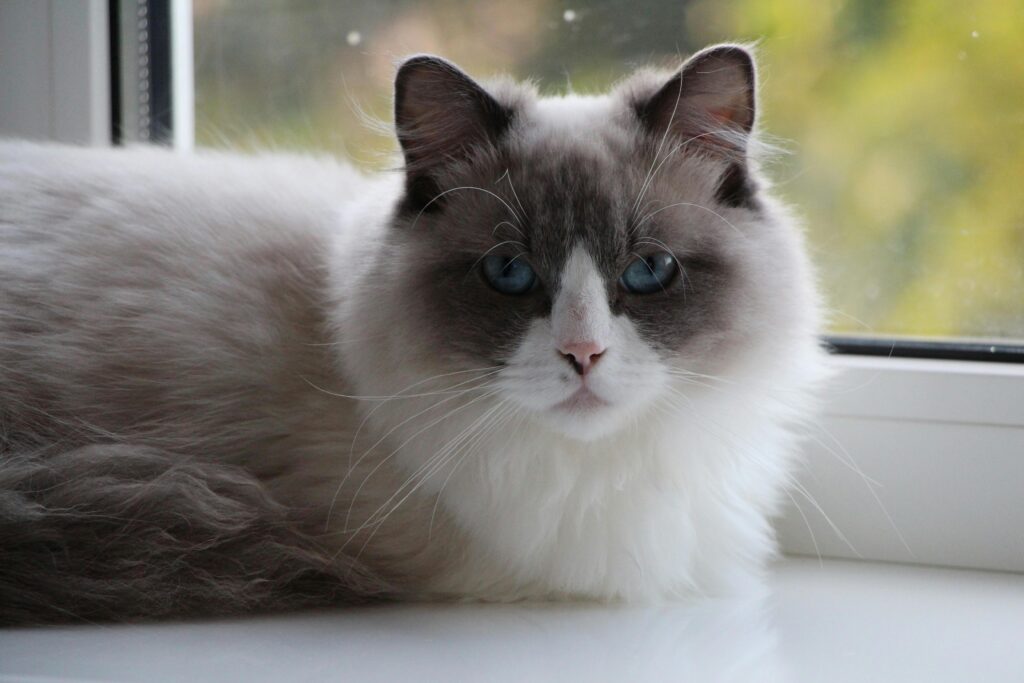
Ragdoll cats are well known for their gentle nature, striking blue eyes, and luxe semi-long coats. But one thing that often surprises new owners is just how slowly this breed matures. Unlike most domestic cats that reach full size by one year, Ragdolls can continue growing well into their third or even fourth year of life.
Understanding the growth stages of a Ragdoll is important for two reasons:
- Health & Nutrition: Knowing what to expect at each stage helps you provide the right food, veterinary care, and enrichment.
- Peace of Mind: Many first-time Ragdoll owners worry their kitten is “too small” or “behind” when in fact, slow growth is normal for the breed.
In this complete guide, we’ll walk through the Ragdoll’s development from tiny newborn to full-grown adult. You’ll see typical weight ranges, milestones, and personality changes at each stage, plus answers to the most common growth questions.
Whether you’re preparing for a new Ragdoll kitten or watching your fluffy companion transform over time, this resource will give you a clear picture of what lies ahead.
How Fast Do Ragdoll Cats Grow?
One of the most unique traits of the Ragdoll breed is how slowly they reach maturity compared to the average house cat. Most cats are considered full grown by their first birthday, but Ragdolls take their time, stretching out the growth process across several years.
Ragdoll Cats are Known for Maturing Slowly
Ragdolls were bred for their calm temperament and large size, and part of that comes with a slower growth rate. Their bones, muscles, and luxurious coat all take longer to fully develop. In fact, it’s common for Ragdolls to continue filling out until they are three to four years old, especially the males.
This slow progression can sometimes worry new owners. You may compare your Ragdoll to a friend’s domestic shorthair and notice that your cat looks leaner or less filled out at the same age. Don’t panic — this is completely normal for the breed. Ragdolls are often described as looking like “teenagers” until they finally blossom into the full, plush adults that they’re famous for.
Average Growth Pace of Ragdoll Cats
- By 6 months, most Ragdoll kittens weigh between 4–8 lbs.
- By 1 year, they may reach 8–15 lbs depending on gender and genetics, but they are still not finished growing.
- By 2 years, the body shape begins to balance, and the coat thickens, but they still have maturing left.
- By 3–4 years, the Ragdoll reaches its true adult size and personality. Males can weigh 15–20+ lbs, while females are usually slightly smaller at 10–15 lbs.
Why This Matters for Owners
Understanding this timeline is key for proper care. Ragdolls need steady, balanced nutrition through their long growth phase. Overfeeding in hopes of making them “catch up” can create joint stress or obesity. Instead, slow and consistent growth is healthier.
It’s also important to manage expectations. Owners often message breeders asking why their one-year-old Ragdoll doesn’t yet look like the big fluffy cats they see online. The truth is those glamorous photos are usually of cats that are three years old or older. Patience is part of the journey with this breed.
Comparison with Other Breeds
For context:
- Domestic shorthair cats: reach adult size around 12 months.
- Siamese cats: usually full grown by 14–16 months.
- Maine Coons: the only other popular breed with a similarly long growth period, sometimes taking 4–5 years.
Ragdolls and Maine Coons share this trait of extended development, which is part of why they’re among the largest and most impressive cat breeds in the world.
Ragdoll Kitten Growth Timeline
Birth to 8 Weeks: The Newborn Stage
- Weight Range: Born at just a few ounces, quickly doubling in the first week. By 8 weeks, most kittens weigh 2–3 lbs.
- Milestones: Eyes open around day 7–10, ears perk up soon after. Coordination is clumsy but improving by week 4. Play and socialization with littermates start now.
- What Owners Should Know:
- Kittens remain with their mother during this stage.
- Breeders focus on gentle handling, early socialization, and vet care.
- Ragdolls are especially impressionable; experiences now shape future temperament.
2–6 Months: The Rapid Growth Stage
- Weight Range: By 6 months, Ragdolls usually weigh 4–8 lbs.
- Milestones:
- Muscles and bones grow fast, leading to “awkward” phases with long legs and big ears.
- Play drive is strong — climbing, chasing toys, and exploring.
- By 12–16 weeks, most kittens are ready to transition to new homes.
- What Owners Should Know:
- Nutrition is critical — feed high-quality kitten food with adequate protein and fat.
- This is a prime training and bonding window: litter habits, scratching post use, and family routines.
- Ragdolls begin showing their signature affectionate, docile nature even this early.
6–12 Months: The Adolescent Stage
- Weight Range: 6–12 lbs depending on genetics, gender, and diet.
- Milestones:
- Bodies look lanky, with big paws and tails hinting at future size.
- Males often grow faster than females at this stage.
- Hormonal changes occur if not yet spayed or neutered.
- What Owners Should Know:
- This is the “teenager” stage: playful, sometimes mischievous, but still affectionate.
- Growth plates are still developing; avoid overfeeding or stressing joints.
- Continue regular grooming to accustom them to brushing, nail trims, and handling.
1–2 Years: The Young Adult Stage
- Weight Range: Males typically 12–18 lbs, females 10–15 lbs.
- Milestones:
- Muscles begin filling out, giving the body a more balanced, adult look.
- Coat length and density increase, softening into the full semi-longhaired texture.
- Personality stabilizes into the gentle, lap-loving character Ragdolls are famous for.
- What Owners Should Know:
- Your cat is still technically growing — don’t expect them to look fully “finished.”
- Maintain a consistent grooming routine as the coat thickens.
- This is when many owners realize just how large their cat is becoming!
2–4 Years: Full Maturity
- Weight Range:
- Males: often 15–20+ lbs
- Females: usually 12–16 lbs
- Milestones:
- By year 3–4, both size and coat are complete.
- Their frame has filled out, and they no longer look lanky.
- Behavior is steady — calm, affectionate, and less prone to wild kitten energy.
- What Owners Should Know:
- At this point, your Ragdoll has reached their true adult form.
- Maturity makes them a low-maintenance companion, though their grooming needs remain.
- Health monitoring for weight, joints, and heart should become part of your routine veterinary care.
Ragdoll Cat Growth Chart (Approximate)
Because Ragdolls grow more slowly than most cats, it helps to have a reference chart to compare your kitten’s progress. Keep in mind that every cat is unique — genetics, nutrition, and overall health all influence how fast they grow. Some Ragdolls stay on the lighter end of the scale until they suddenly “catch up” in their second or third year.
Here’s a general guideline for healthy Ragdoll growth:
| Age | Male Weight Range | Female Weight Range | Notes |
|---|---|---|---|
| 8 weeks | 2–3 lbs | 2–3 lbs | Weaning, starting solid food, early play. |
| 6 months | 6–9 lbs | 5–8 lbs | Lanky phase; bones growing fast. |
| 12 months | 10–15 lbs | 8–12 lbs | Adolescence; coat thickening. |
| 2 years | 12–18 lbs | 10–15 lbs | Body starts to balance, muscles fill out. |
| 4 years | 15–20+ lbs | 12–16 lbs | Full maturity; plush coat and steady temperament. |
How to Use This Chart
- Don’t panic if your kitten falls slightly above or below these numbers. Growth isn’t linear — many Ragdolls gain weight in spurts.
- If your cat is significantly underweight or overweight for their age, consult your veterinarian to rule out health concerns.
- Focus on body condition (muscle tone, energy levels, coat quality) as much as the scale number.
Ragdoll Breeder Insight
In breeding programs, it’s common to see males shoot up in size after the first year, while females grow steadily and more proportionally. For example, a male that weighs 11 lbs at 1 year may suddenly jump to 16 lbs by age 2 without changes in diet.
Many owners also worry their Ragdoll is “too small” at 12 months. Remember — most of the breathtaking photos you see online are of cats that are 3–4 years old, not yearlings.
When Do Ragdoll Cats Stop Growing?
One of the most common questions among new Ragdoll owners is: “When will my cat finally stop growing?” Unlike short-haired breeds, which often reach adult size by their first birthday, Ragdolls are notorious for taking their time. Most Ragdolls do not reach their full adult size and coat until 3–4 years of age.
Why Ragdolls Take Longer to Mature
The slow growth pattern is not accidental — it’s part of the breed standard. Ragdolls were developed to be a large, heavy-boned, and muscular breed with a luxurious coat. All of those features require more time to fully develop.
- Bone Development: Their skeletal structure keeps expanding into the second and third year.
- Muscle Mass: Especially in males, muscle fills out gradually, giving them the broad chest and powerful frame that define the breed.
- Coat Growth: Ragdolls are semi-longhaired, and their fur becomes denser and silkier with age, often peaking around 3 years.
This extended development period is what makes adult Ragdolls so impressive, but it also means owners need patience.
Males vs. Females
There are notable differences between the sexes when it comes to growth rate:
- Males: Usually reach 15–20+ lbs at maturity. They tend to look lanky until about 18 months, and then bulk up rapidly in year 2–3. Their frame broadens, giving them a regal presence.
- Females: Typically finish between 10–15 lbs. They grow more evenly, without the dramatic “late growth spurt” males often show. By 2 years, many females look close to finished, though coat and weight may still improve into year 3.
What to Expect During the “Teenage Years”
Owners often notice that their Ragdoll looks awkward between 6–18 months. This is perfectly normal. Legs and tails may seem too long for the body, and their face looks more kittenish than adult. Many call this the “teenage” phase — and just like human teenagers, Ragdolls eventually grow into their features.
Coat Development Over Time
The coat is one of the breed’s defining traits, and it, too, develops slowly:
- Kitten Coat (0–6 months): Soft, fluffy, and usually lighter in color.
- Adolescent Coat (6–18 months): Starts to thicken, markings become more defined.
- Young Adult Coat (18–24 months): Texture becomes silkier, ruff around the neck begins to form.
- Full Coat (3–4 years): Dense, flowing fur with the hallmark semi-longhaired look.
Some lines develop fuller coats than others, but in general, a Ragdoll’s true beauty doesn’t show until maturity.
Signs Your Ragdoll Has Reached Adulthood
You’ll know your Ragdoll has reached full maturity when:
- Their weight has stabilized for several months.
- The body looks proportional — no lanky legs or oversized paws.
- The coat has developed a full ruff and plume-like tail.
- Their personality is calm, predictable, and fully affectionate (less wild kitten energy).
Comparison to Other Breeds
For perspective:
- Domestic Shorthairs: Stop growing around 12 months.
- Persians: Reach maturity around 18 months.
- Maine Coons: Like Ragdolls, they can take 3–5 years to reach full size.
This means if you own a Ragdoll, you should expect a longer journey to adulthood compared to the average cat.
Why This Matters for Owners
- Feeding: Ragdolls need a balanced diet over a long growth window. Avoid overfeeding during their lanky stage in hopes of “fattening them up.” Growth should remain steady, not rushed.
- Health: Because they grow slowly, joint health and weight management are important. Monitor their development with your vet to ensure they’re on track.
- Patience: Don’t compare your 12-month-old Ragdoll to a 3-year-old cat online. Those dramatic, fluffy photos are usually of fully mature cats.
Factors That Affect Ragdoll Growth
While genetics set the foundation for a Ragdoll’s size and development speed, several other factors play a role in how your kitten grows. Understanding these influences helps you support healthy, steady development.
1. Genetics and Bloodlines
- Ragdolls are a large breed by design, but not all bloodlines are equal. Some lines consistently produce heavier males and fuller coats, while others lean smaller and more moderate.
- Show-quality breeders often select for size, bone structure, and coat, which can extend growth periods even further.
- If your Ragdoll comes from European lines, they may trend larger and slower to mature than American lines.
Breeder Tip: Ask your breeder for the parents’ weights and photos at full maturity. This is the best predictor of your kitten’s eventual size.
2. Nutrition
- Ragdolls need high-quality nutrition to sustain their long growth cycle. Protein (from meat sources) is essential for building muscle and supporting bone development.
- Too many fillers (like corn or soy) can cause uneven growth, obesity, or coat dullness.
- Feeding schedules matter: kittens under a year often need multiple smaller meals per day, while adults thrive on 2 meals daily.
Breeder Tip: Choose a kitten formula until at least 12 months, then transition to a premium all-life-stages or adult food. Avoid frequent diet changes, which can upset digestion.
3. Spay and Neuter Timing
- Early spay/neuter (before 6 months) can sometimes influence growth by delaying closure of growth plates, leading to slightly longer bones.
- Later sterilization (9–12 months) may allow for more natural bone development.
- Either way, it won’t drastically change adult size, but it may subtly affect height and body shape.
Breeder Tip: Discuss timing with your vet — balance long-term health, behavior, and growth considerations.
4. Health and Veterinary Care
- Parasites (like worms) can sap nutrients and slow growth. Routine deworming is vital.
- Illness or chronic conditions (e.g., heart issues, digestive sensitivities) may affect weight gain and development.
- Vaccinations and checkups support strong immune health, which indirectly supports healthy growth.
Breeder Tip: Keep a monthly weight log for kittens. If growth stalls for more than a month, consult your vet.
5. Activity and Environment
- Ragdolls are not as hyperactive as some breeds, but they still need exercise to develop muscle. Playtime, climbing trees, and interactive toys help ensure proper muscle tone.
- Cats raised in enriching environments (with space to climb and explore) often grow stronger and maintain healthier body condition than sedentary cats.
Breeder Tip: Encourage climbing and play even indoors. Scratching posts and cat towers help build strength without overfeeding.
6. Gender
- Males simply grow bigger than females, both in weight and overall frame.
- Male kittens may lag behind in “filled-out” looks until year 2, then surge ahead.
- Females generally look more balanced earlier but stay smaller overall.
Breeder Tip: Don’t compare a female Ragdoll’s weight to a male’s — their growth patterns differ.
7. Individual Variation
Finally, remember: no two Ragdolls are identical. Just as with people, some grow tall and lanky, while others stay compact. Healthy growth is not about hitting a perfect number on a chart, but about steady progress and overall well-being.
FAQs About Ragdoll Growth
1. Why is my Ragdoll so small at 1 year old?
This is completely normal. Ragdolls often look lean or lanky at 12 months because they are still in their teenage growth stage. Most will continue filling out until 3–4 years of age.
2. Do male Ragdolls grow bigger than females?
Yes. Adult males typically reach 15–20+ lbs, while females average 10–15 lbs. Males also tend to have a later “growth spurt” between 18 months and 3 years.
3. When do Ragdolls stop growing?
Most Ragdolls reach their full size and coat maturity by 3–4 years old. Some lines, especially larger males, may continue developing slightly past that age.
4. Why does my Ragdoll look lanky?
During adolescence (6–18 months), it’s common for Ragdolls to look tall and skinny, with oversized paws or tails. This stage is temporary — as they age, their body balances out and fills in with muscle.
5. How big should a Ragdoll be at 6 months?
Most Ragdoll kittens weigh between 4–8 lbs by 6 months. Some grow faster, some slower, but as long as your kitten is playful, eating well, and steadily gaining weight, they are on track.
6. Can nutrition affect how large my Ragdoll gets?
Yes, but only within genetic limits. A high-quality diet rich in protein supports healthy growth, while poor-quality food may stunt development or lead to obesity. Genetics will ultimately set the maximum size.
7. Are Ragdolls bigger than Maine Coons?
Maine Coons are usually larger, often reaching 18–25 lbs for males. Ragdolls are still one of the biggest cat breeds, but their build is softer and less rugged than the Maine Coon’s.
8. Do Ragdolls grow slower than other cats?
Yes. Most domestic cats finish growing by 12 months, but Ragdolls take 3–4 years. Their slow development is part of why they grow so large and maintain a kitten-like sweetness longer.
9. Should I worry if my Ragdoll isn’t gaining weight?
If your kitten hasn’t gained weight for more than a month, or seems lethargic, consult your veterinarian. Parasites, illness, or nutritional issues can sometimes slow growth.
10. Does neutering/spaying affect growth?
Sterilization timing can influence body shape slightly, but it won’t prevent your Ragdoll from reaching normal adult size. Cats neutered earlier may look taller and slimmer, while those fixed later may fill out more heavily.
11. When will my Ragdoll get its full coat?
The kitten coat is soft and fluffy but thin. By 18–24 months, you’ll see a thicker ruff around the neck and fuller tail. The true adult coat usually appears between 3–4 years.
12. How can I track my Ragdoll’s growth?
Keep a monthly weight log until at least 2 years of age. Compare against growth charts, but focus more on steady progress, appetite, energy, and coat health than on hitting exact numbers.
Final Thoughts on Ragdoll Cat Growth
Watching a Ragdoll grow from a tiny, blue-eyed kitten into a majestic adult is one of the most rewarding parts of owning this breed. Unlike most cats, Ragdolls take their time — often three to four years — to reach their full size and coat. Along the way, they’ll go through lanky teenage phases, growth spurts, and gradual filling out until they finally become the plush, affectionate companions they’re known for.
The key for owners is patience. Don’t worry if your one-year-old still looks small compared to photos you see online — those images are usually of fully mature cats. Focus instead on steady growth, high-quality nutrition, and regular veterinary care. With the right foundation, your Ragdoll will reach its full potential in time.
If you’re considering adding a Ragdoll kitten to your home, it’s important to work with breeders who understand the breed’s unique development and health needs. Responsible breeding, proper early care, and thoughtful socialization all play a role in how your kitten grows.
At the House of Almonte we raise kittens with their long term growth in mind. We make sure that our kittens leave for their new homes healthy and ready to thrive through every growth stage.
If you’d like updates on future Ragdoll litters, detailed care guides, or tips on raising your kitten, join our mailing list [insert signup link] or reach out directly through our contact page. Your journey with a Ragdoll is just beginning and we’d love to help you every step of the way.
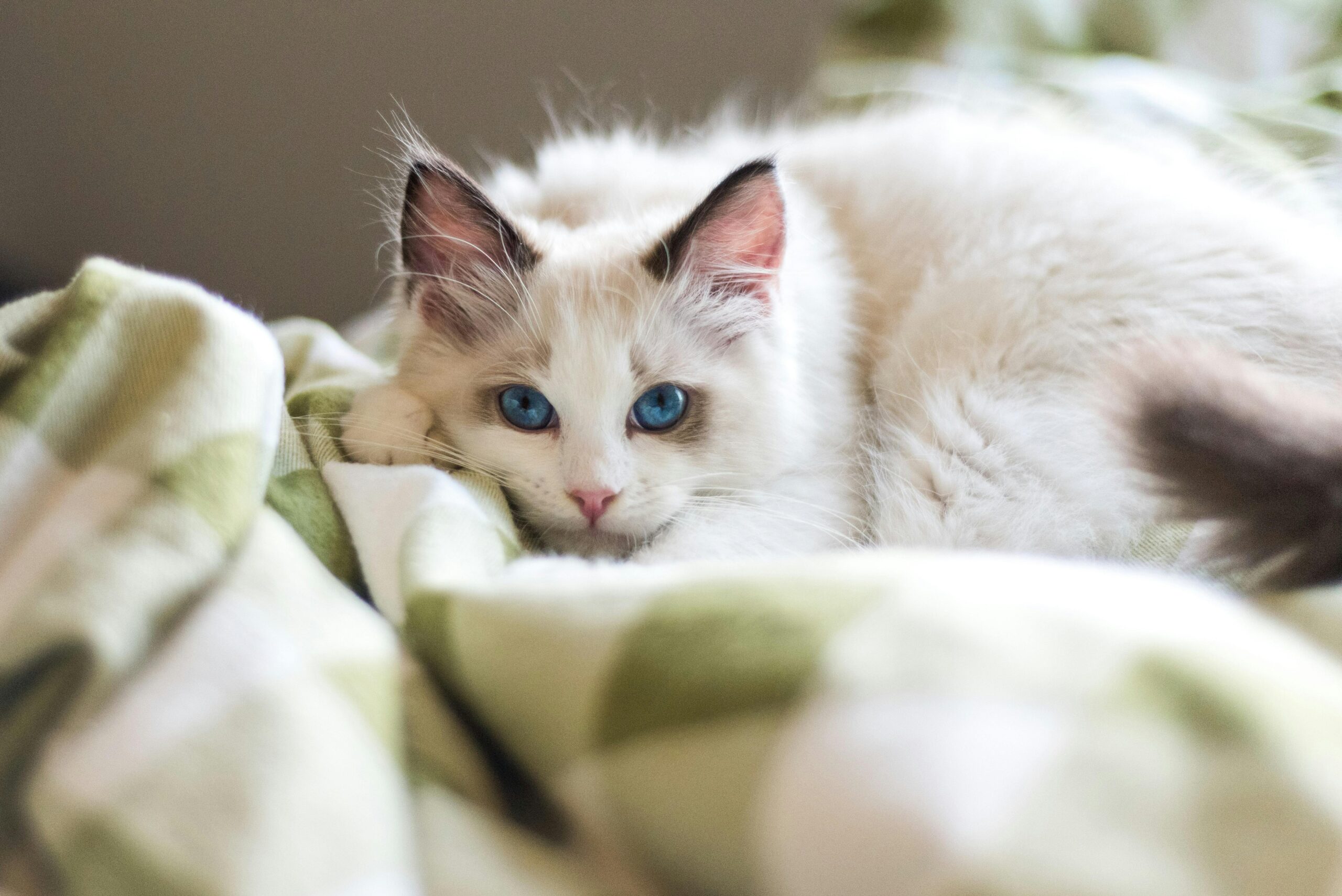
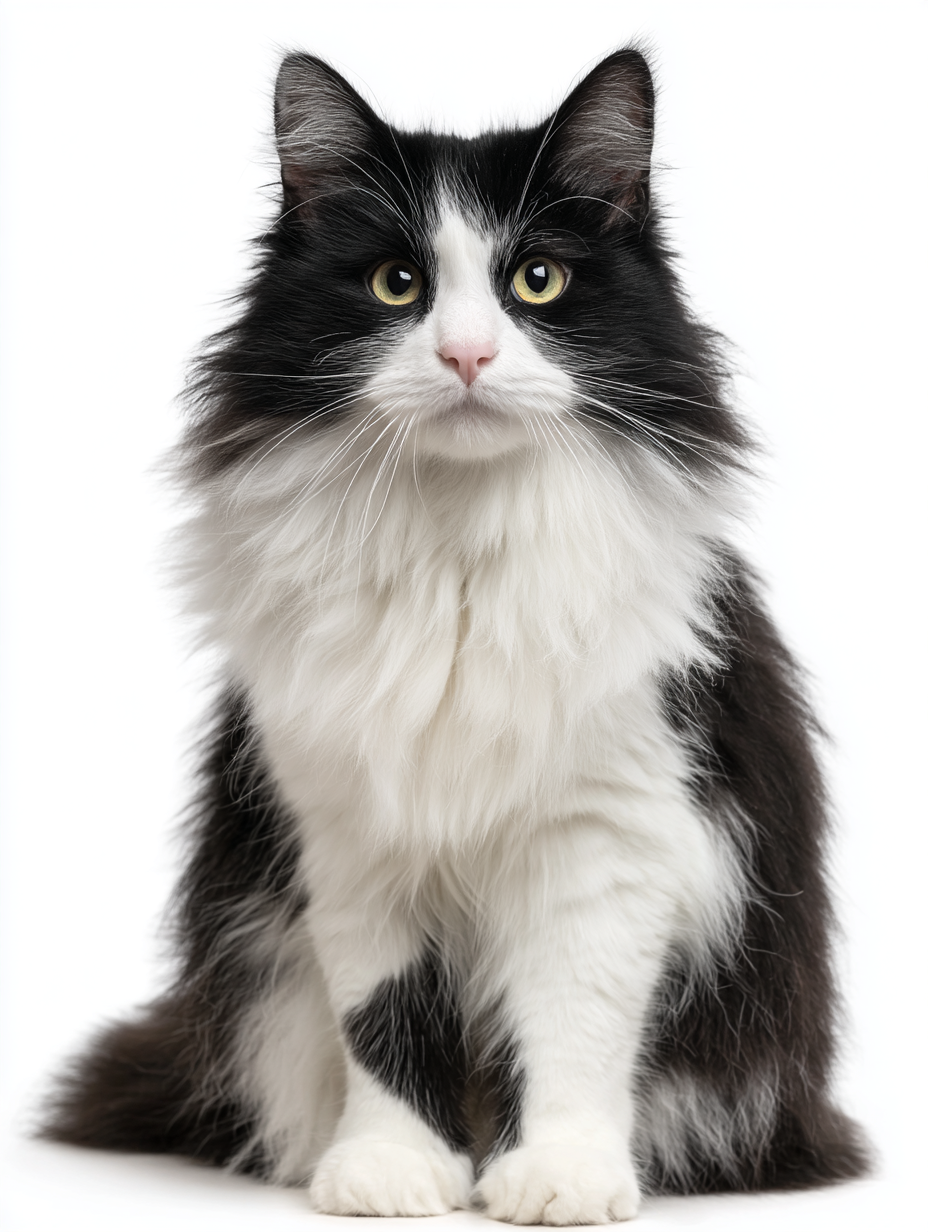
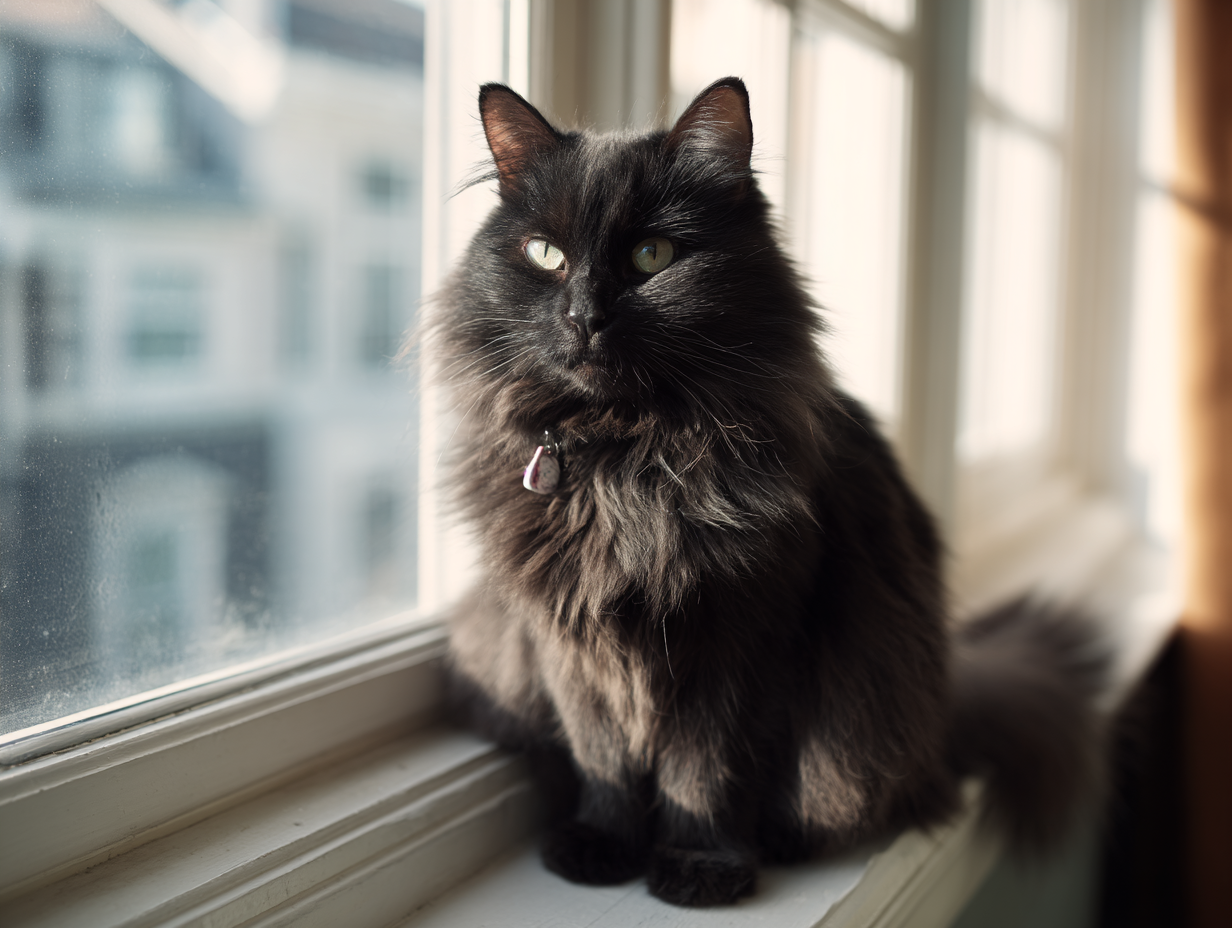
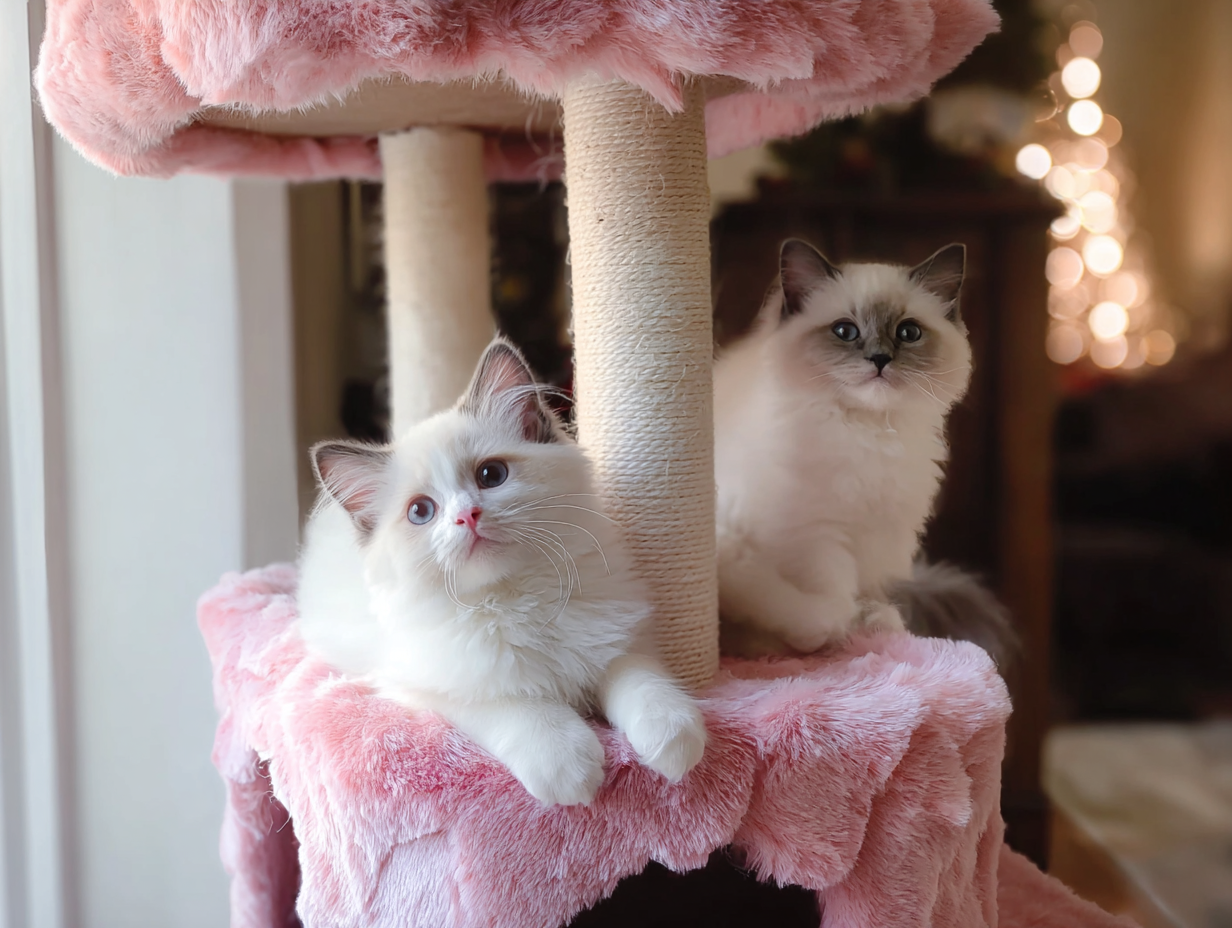
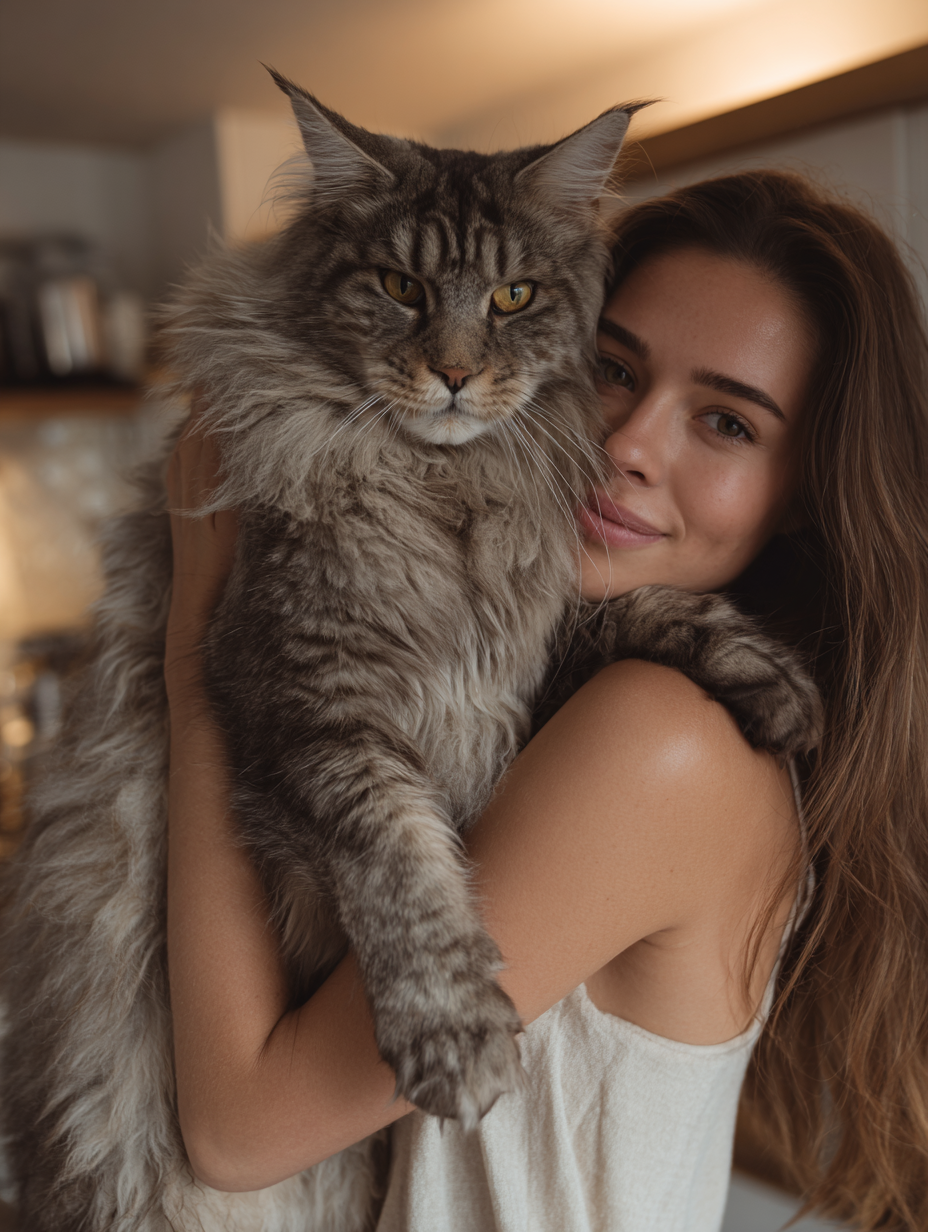

Read the Comments +